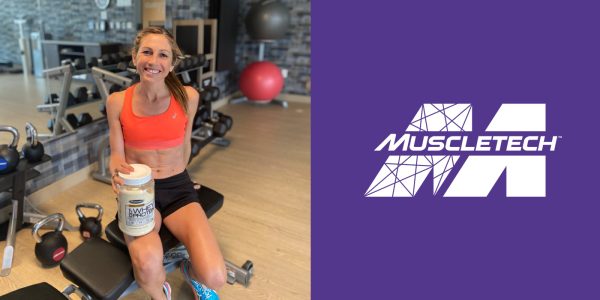You always hear about factors that affect musclebuilding, namely through optimizing conditions that drive optimal anabolic hormone release. Here they are:
1. Build Workouts Around Multi-Joint Movements.
This is the single most important variable driving muscle growth. Such exercises require movement in more than a single set of joints (the elbows and shoulders when bench pressing, for example). When two or more sets of joints are working in tandem, it engages more muscle groups and allows you to lift significantly heavier loads. Examples include bench presses, rows, squats, overhead presses and conventional deadlifts.
2. Keep Your Intensity High.
You may think that intensity refers to how hard you’re training, but that’s mistaken scientifically. Instead, it refers to the amount of weight you’re lifting compared to your single-rep max for that exercise, expressed as a percentage. So, if you’re doing 225 lbs. on the bench press and your one-rep max is 315, your intensity is about 71 percent. Exercise scientists have studied single-rep max percentages and their link to rep targets, and found that for maximum muscle size gains, you want to train at an intensity between 65 and 80 percent of what’s called your 1RM. It’s easy to compute if you know your single-rep max of every exercise that you do.
But, oftentimes you don’t. The best estimate is to choose a weight with which you can complete at least 8 reps with good form, but can’t do more than 12. (Don’t count cheating reps!) Adjust the load on successive sets if you can’t reach the minimum or overshoot the maximum. Remember, you’ll still get some degree of growth outside that range – it just won’t be maximal!
3. Keep Your Training Volume High.
Higher amounts of work for each muscle group (number of sets multiplied by load) have consistently been shown to be superior over single sets when it comes to building muscle, because it better elevates anabolic hormones. Typically, you do more volume based on the experience you have, with the trade-off being that you do it less frequently.
4. Limit Your Rest Periods to 60 to 90 Seconds Between Sets to Optimize Muscle Growth (as Opposed to Strength).
You won’t be fully recovered, and that’s by design. Cumulative fatigue drives muscle growth.
5. Train to Failure, But Not on Every Set.
Pushing close to muscle failure is important for initiating chemical responses – both within muscle cells and through stimulating anabolic hormones – but it shouldn’t be done on every set. In fact, research suggests that taking too many sets past muscle failure is counterproductive. When taking 1 to 2 sets of an exercise to complete muscle failure, choose the sets where the load is the heaviest or your last set of an exercise. Achieving failure is not typically a beginner’s technique.








